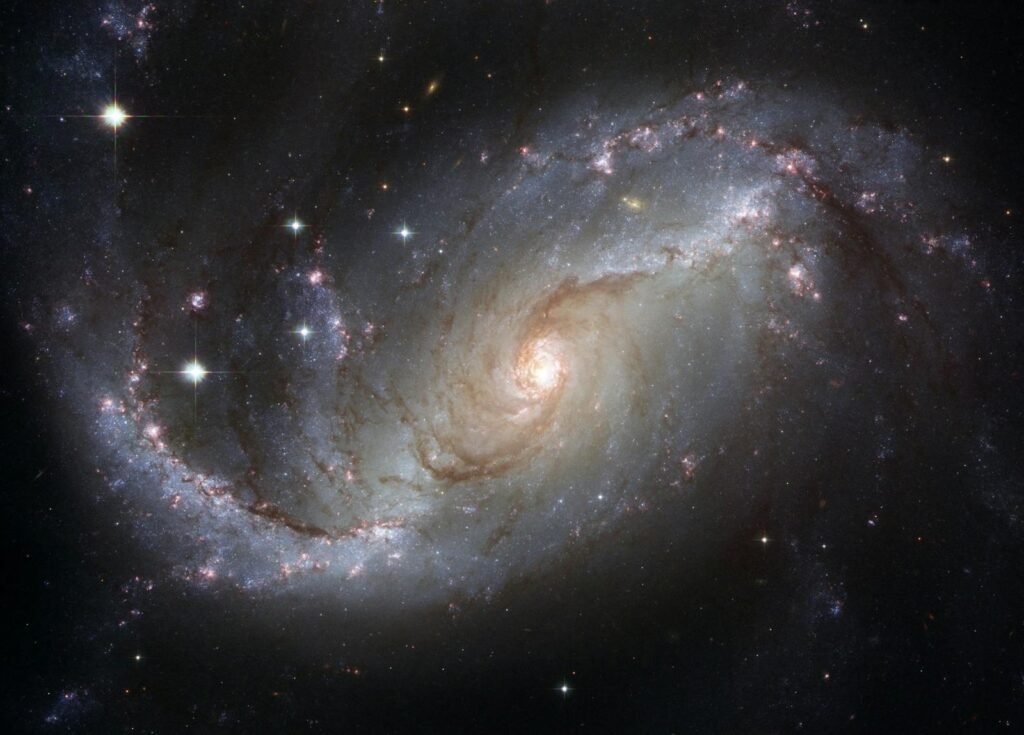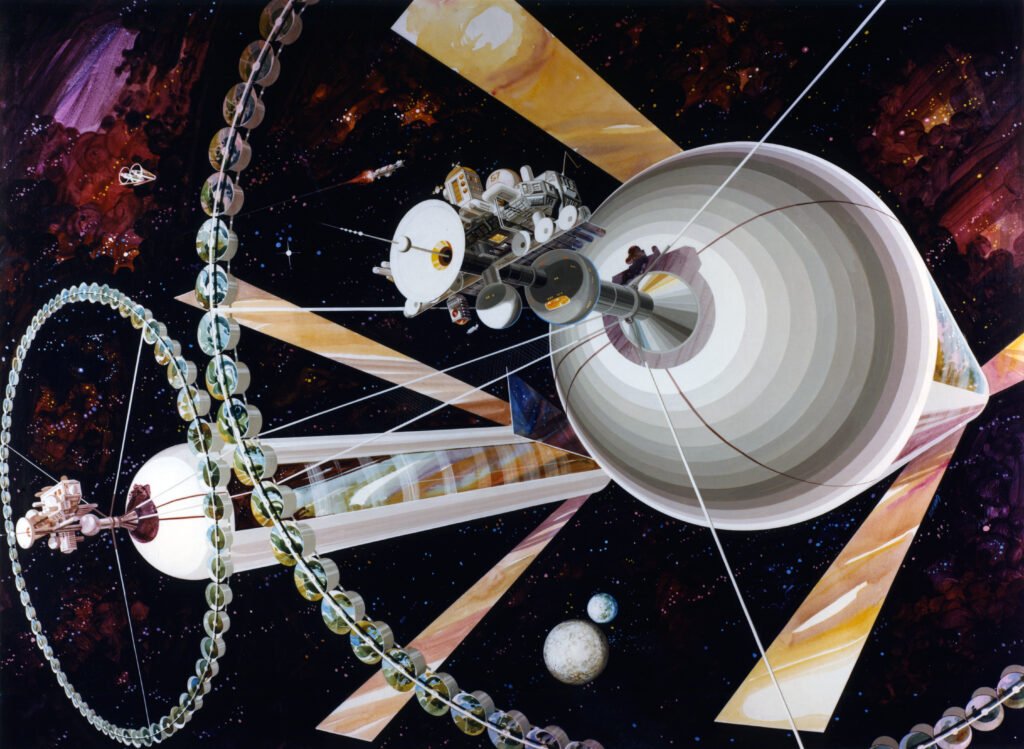For centuries, humans have been trying to figure out the ultimate destiny of the universe, will it collapse, freeze, or disappear into nothingness? Today, a new study indicates the universe’s end date could come much sooner than anyone ever thought. Picking up on the groundbreaking ideas of Stephen Hawking, astrophysicists estimate that the final traces of dead stars will be gone in just 1 quinvigintillion years, that’s a 1 followed by 78 zeros. Although still an impossibly long duration, this new figure cuts the universe’s top lifespan by a staggering amount. But how did researchers make that cut, and what does it foretell for the future of all things?
Hawking’s Ghostly Radiation Holds the Key
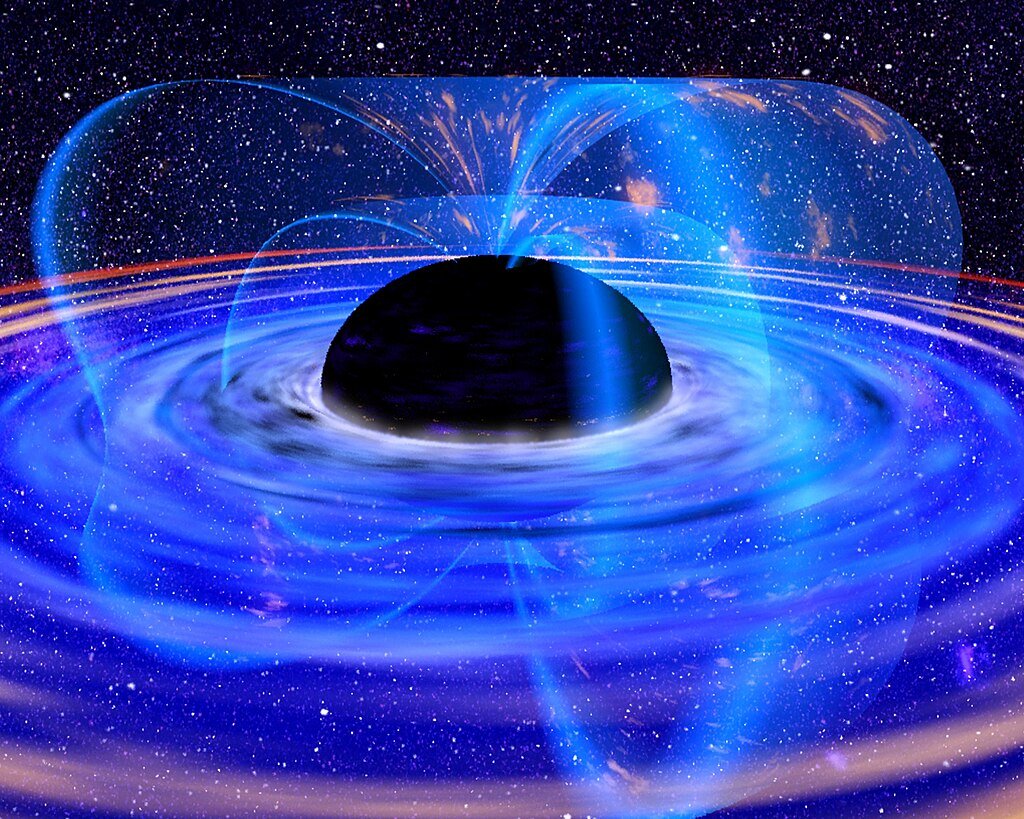
In 1974, Stephen Hawking suggested a shocking concept: black holes are not timeless. Rather, they gradually disappear by releasing weak radiation Hawking radiation. This occurs when quantum fluctuations close to a black hole’s event horizon create particle-antiparticle pairs. Normally, the pairs annihilate immediately, but if one particle is trapped by the black hole while the other escapes, the black hole loses energy over time.
Now scientists at Radboud University in the Netherlands contend that all super-dense stellar leftovers, not only black holes might disintegrate in the same manner. Their research, which appeared in the Journal of Cosmology and Astroparticle Physics, presents gravitational pair production, where even white dwarfs and neutron stars may release energy and disappear.
The New Timeline: A Universe on Borrowed Time
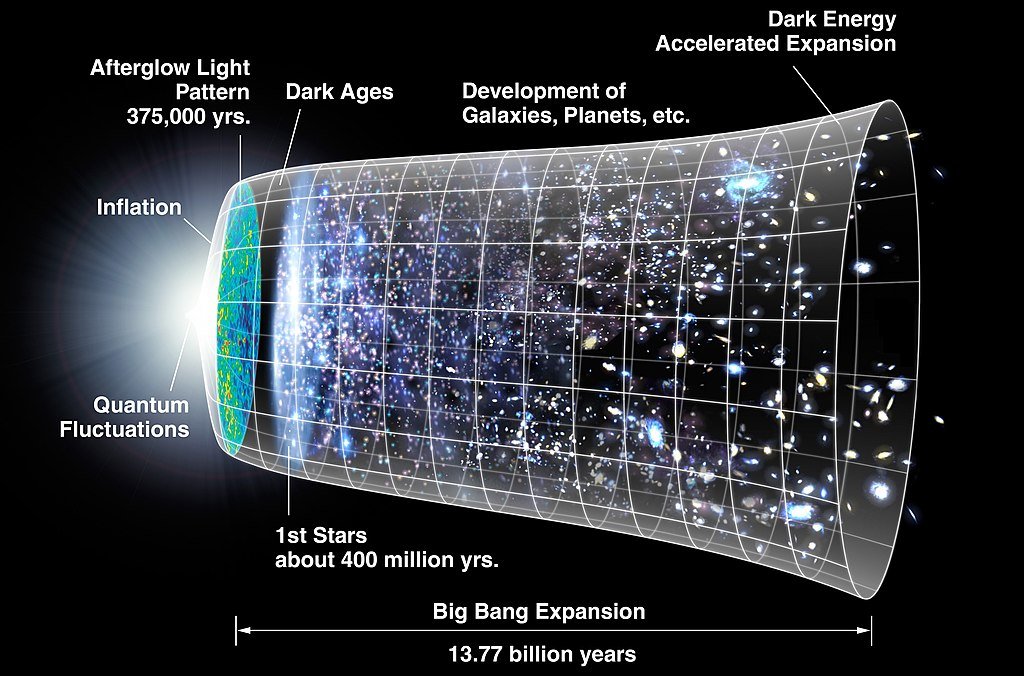
Previous estimates had stellar remnants lasting as long as 10¹¹⁰⁰ years a figure so large it is impossible to fathom. But the new model significantly shortens that time frame:
- Neutron stars (ultra-dense stellar cores) could decay in 10⁶⁸ years
- White dwarfs (cooling embers of dead stars) may last 10⁷⁸ years
- Supermassive black holes might cling on for 10⁹⁶ years
While these numbers still dwarf the current age of the universe (13.8 billion years), the revised estimate means the cosmos could meet its end trillions of trillions of times sooner than once believed.
The Long, Slow Fade to Darkness
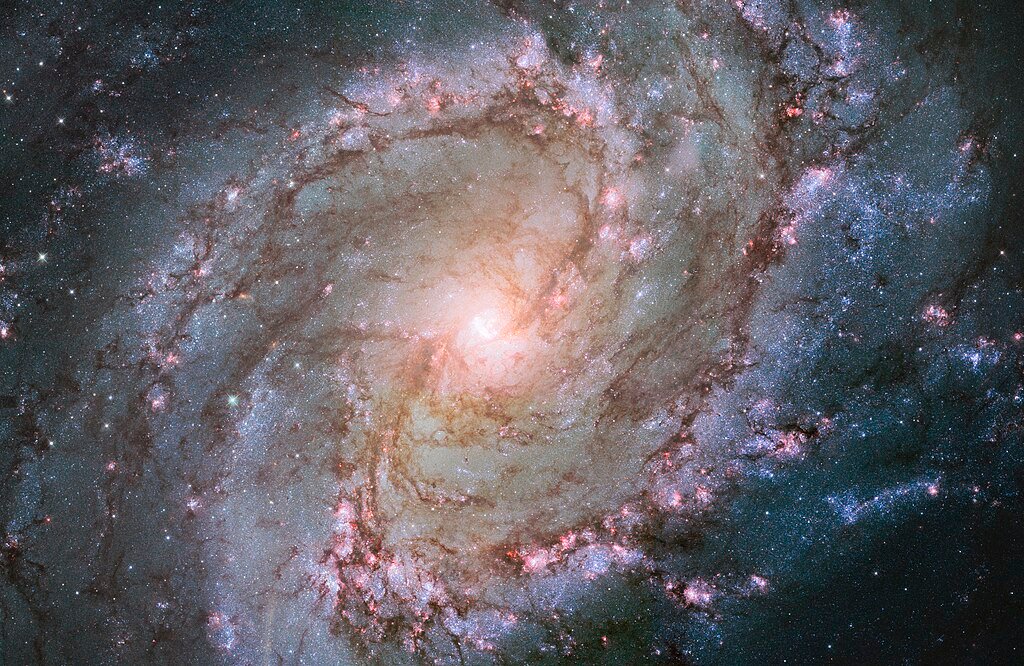
Before the last stellar remnants decay, the universe will already be a desolate wasteland. Here’s what scientists predict:
- In 150-200 billion years, cosmic expansion will accelerate so much that distant galaxies will vanish from view.
- In 17 trillion years, the last stars will burn out, leaving only black holes and cold, dead stellar husks.
- In 5 billion years, our own sun will expand into a red giant, swallowing Earth before collapsing into a white dwarf.
“All we’ll see of the universe then are the stars in our own galaxy,” says study co-author Heino Falcke. After that, darkness.
Proton Decay: The Universe’s Silent Killer
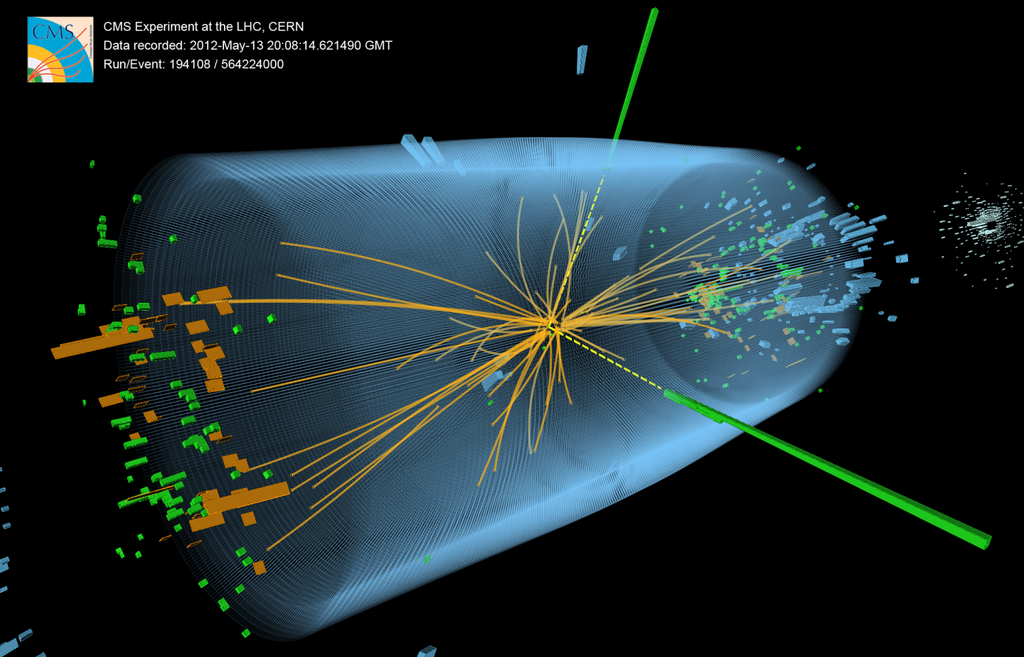
Even before Hawking-inspired decay finishes off stellar remnants, another force could hasten the end: proton decay.
Protons, the building blocks of atoms, were once thought to be stable forever. But some theories suggest they might disintegrate over 10³⁴ to 10³⁵ years. If true, all remaining matter planets, asteroids, even the corpses of stars could dissolve into radiation long before black holes evaporate.
“There’s still no definitive proof that proton decay exists,” Falcke admits. “But if it does, it could erase everything before gravitational pair production even gets a chance.”
Could the Universe Die Even Sooner?
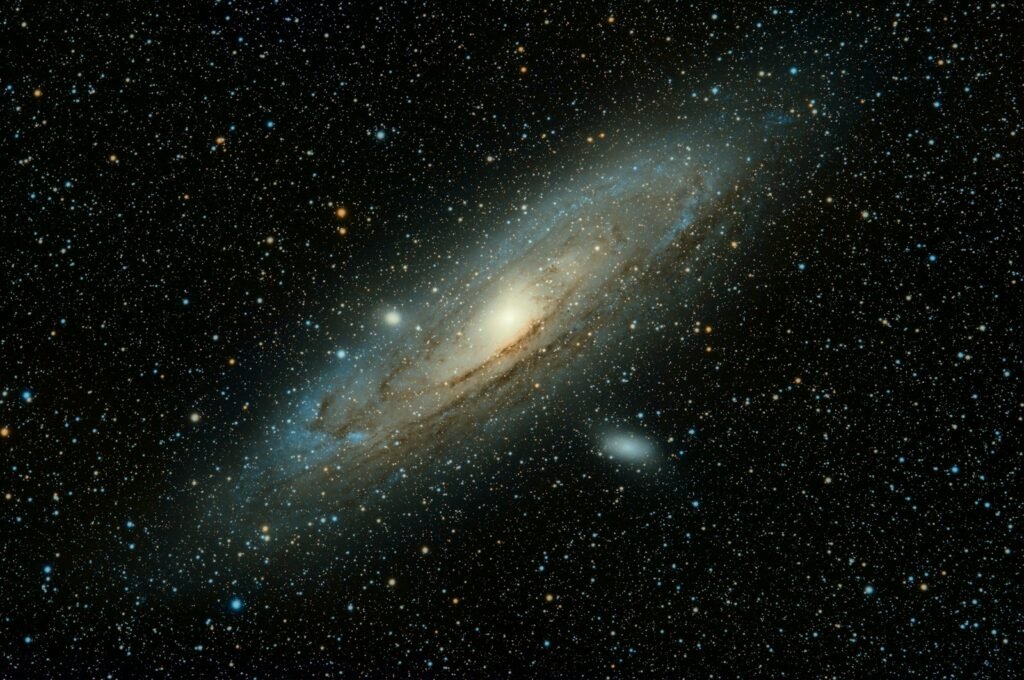
The new study provides only an upper limit a best-case scenario where stellar remnants decay slowly. Other cosmic doomsdays loom:
- The Big Rip : Dark energy tears apart galaxies, stars, and even atoms.
- The Big Crunch : The universe collapses back into a singularity.
- Vacuum Decay : A quantum fluctuation triggers a catastrophic phase change, rewriting the laws of physics.
“We’re not saying the universe will last 10⁷⁸ years,” Falcke clarifies. “We’re saying that’s the longest it could last under these conditions.”
What Does This Mean for Us?

While the universe’s demise remains an abstract, far-future event, this research reshapes our understanding of cosmic evolution. “We typically think of stellar remnants as eternal,” says Alex Richings, an astrophysicist at the University of Hull. “This study shows even they have an expiration date.”
For now, humanity has billions of years to explore, create, and perhaps even escape to other galaxies before the lights go out. But one thing is certain: in the grand timeline of the cosmos, everything, even black holes, is temporary.
Final Thought: A Universe That Won’t Go Quietly

The death of the universe will not come as a dramatic bang or an abrupt implosion. Rather, it will be a gradual, coldly economical fade, a whisper in the dark as the final glimmer of stars evaporate into nothing. And still, in the face of such universal finality, there is something queerly reassuring in the fact that, at least for now, the play is not yet finished
As Falcke puts it: “Everything will decay, but there’s still a lot of time left to do great things.”
Sources:

Jan loves Wildlife and Animals and is one of the founders of Animals Around The Globe. He holds an MSc in Finance & Economics and is a passionate PADI Open Water Diver. His favorite animals are Mountain Gorillas, Tigers, and Great White Sharks. He lived in South Africa, Germany, the USA, Ireland, Italy, China, and Australia. Before AATG, Jan worked for Google, Axel Springer, BMW and others.

